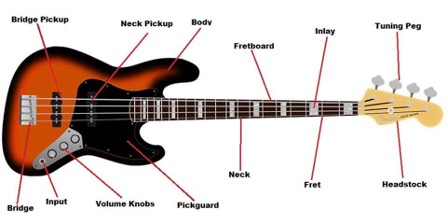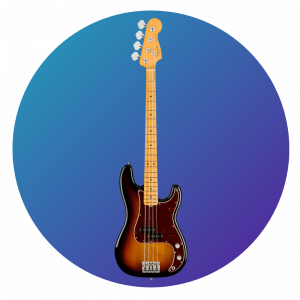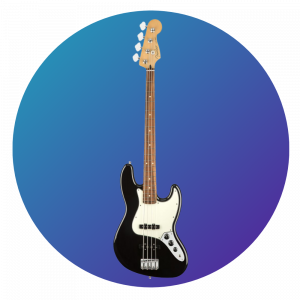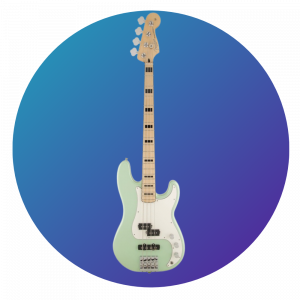Creative intention
- Create and Control Ableton Live Projects
- Record and edit Audio and MIDI
- Create and shape sounds using Sampling and Synthesis Techniques
- Approach Live performance.
Thinking about the listener
- Don’t fixate just on your own experience
- Consider what the listener might experience
- How does it make them feel?
- What are you offering?
Creative decision making
- Make decisions about all aspects of your song based on what the intention is
A sense of style
- Having a sense of what style or genre you’re working in will help to shape intention and inform decision-making






